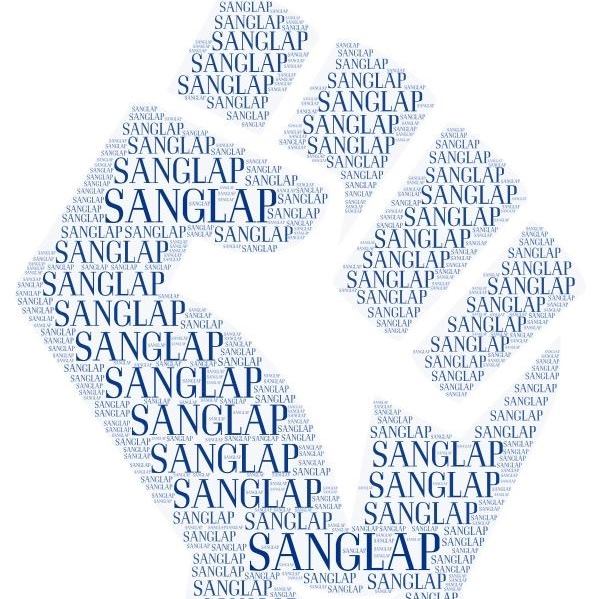Women’s ‘Defence-Narrative’ and its Role in the Formation of the Novel
Keywords:
Defence-narrative, subgenre, formation of the novel, seventeenth centuryAbstract
The practice of women defending themselves in writing, which is often called the “women’s defence-narrative,” is a tradition that emerged in the late medieval period and continued as a dominant strain in women’s writing through the early modern period. There have been studies on how Daniel Defoe, usually considered to be the first major English novelist, relied heavily on latter-day authors of the women’s defence-narrative, such as Mary Carleton. But there still remains room for detailed studies (as far as the history of the novel as a genre is concerned) critically examining the role played by the women’s defence-narratives in the formation of the novel. This article attempts to outline its history, with an emphasis on the seventeenth-century examples that contributed so importantly to the formation of the novel.











